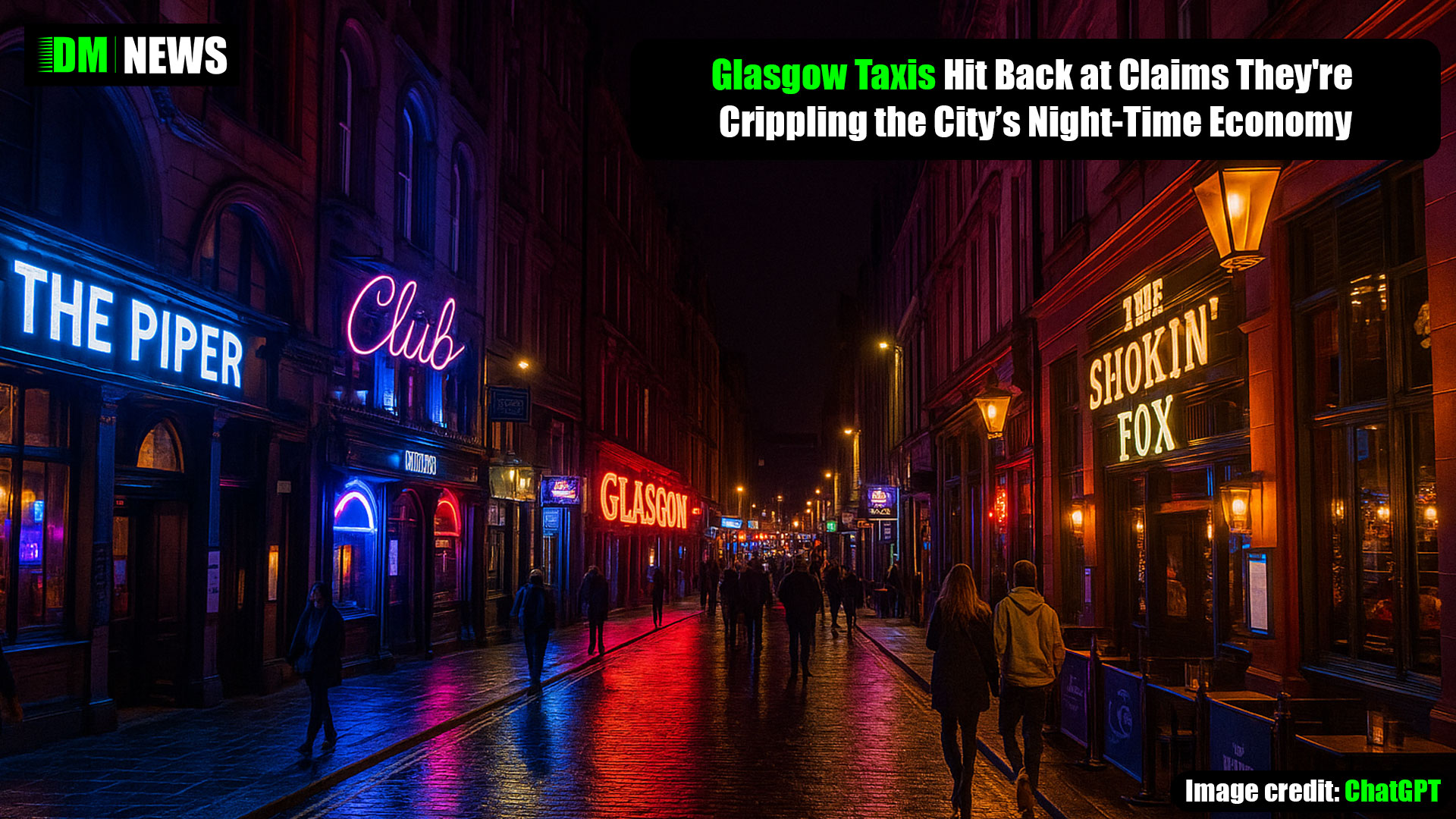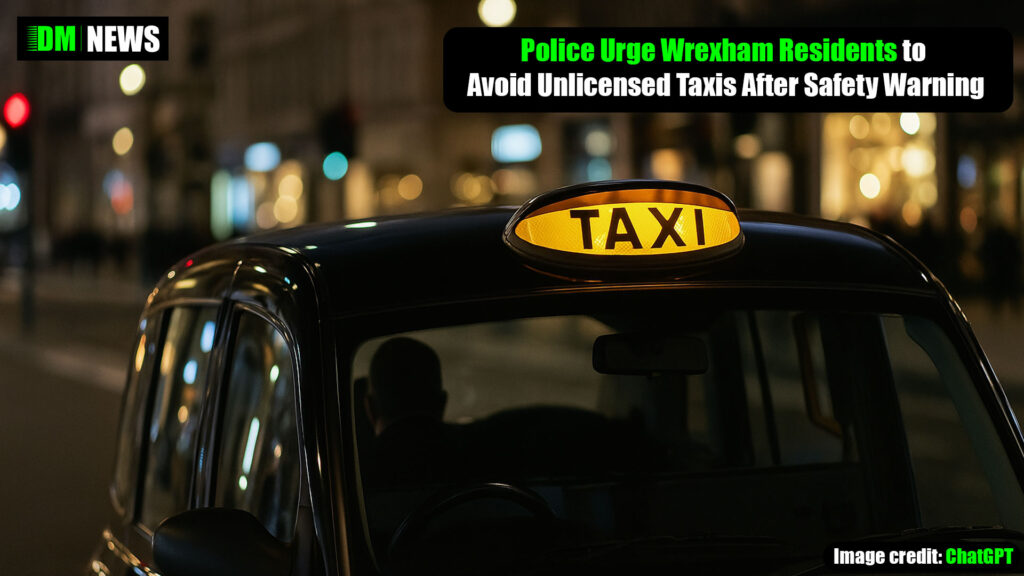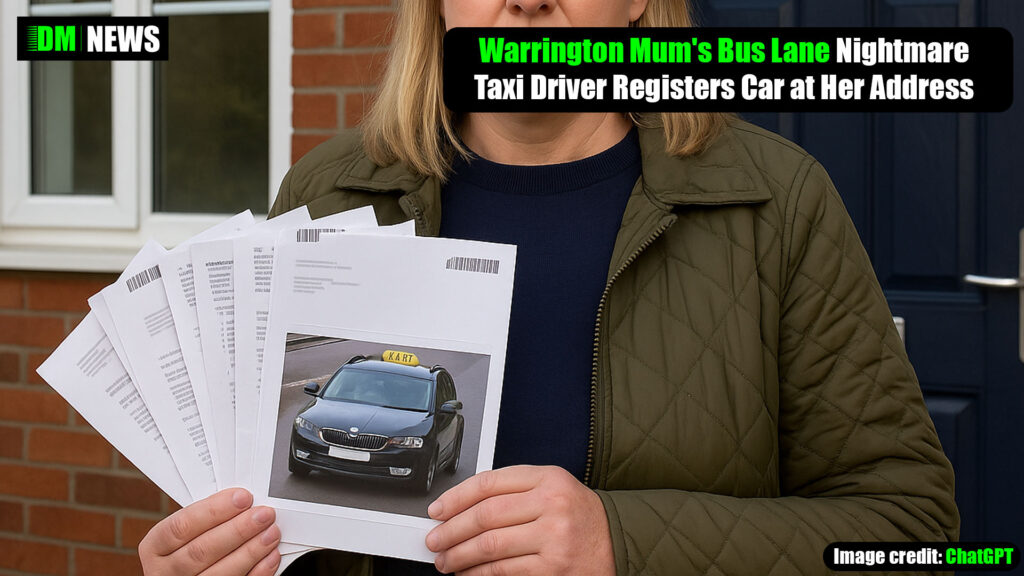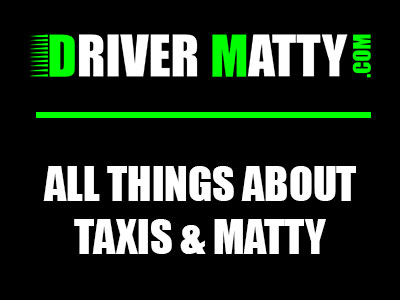Glasgow’s leading taxi operator has strongly refuted claims that a shortage of cabs is damaging the city’s night-time economy, instead pointing to wider societal issues and shifting public behaviour as the true causes of dwindling footfall.

The rebuttal comes as Glasgow City Council’s consultation on whether to lift the current cap on taxi and private hire vehicle (PHV) licences draws to a close. Business groups, including the Glasgow Chamber of Commerce, and ride-hailing giant Uber have argued for removing the cap, claiming that limited taxi availability is discouraging evening and weekend visitors to the city centre.
At present, Glasgow enforces a cap of 1,420 Hackney taxi licences—of which 1,227 are currently active—and 3,450 private hire vehicle licences, a limit that has already been reached. Uber has used this to bolster its argument for expansion, stating that “thousands of hires are going unmet” due to the cap.
But Glasgow Taxis, the city’s largest taxi operator, has firmly rejected those assertions. In its submission to the council, the firm argued that flooding the streets with more vehicles would only make it harder for existing drivers to earn a living, while doing little to solve the root problems.
The company pointed to the Chamber of Commerce’s own research, which cited safety concerns, a lack of cleanliness, and limited late-night public transport as key reasons why people are avoiding Glasgow’s nightlife—not a lack of taxis.
“Four in five city centre visitors (and 82% of non-visitors) said improved late-night train services would make them more likely to come into town,” the taxi firm highlighted. “Taxis and PHVs typically fill in the gaps left by limited late-night public transport, rather than being the first choice for most people.”
The operator also highlighted wider changes in public habits post-COVID and amid the cost-of-living crisis. Many people, especially younger adults, are choosing earlier nights out or avoiding alcohol altogether, which reduces overall demand for late-night transport.
To challenge claims of poor taxi availability, Glasgow Taxis conducted its own survey at Gordon Street taxi rank across four Saturdays in January and February. It found that even at peak times, there was never a complete lack of available taxis. The report instead blamed delays on traffic congestion, payment issues (such as drivers accepting only cash), fare negotiations, and occasional driver misconduct.
“Adding more taxis would not have improved trip numbers in these hours,” the report stated, “because constraints like traffic and rank logistics were the limiting factors—not vehicle numbers.”
Rather than simply lifting the cap, Glasgow Taxis proposed several reforms: better-designed taxi ranks, stricter enforcement of traffic rules, mandatory card payment acceptance, and possibly introducing “night shift only” licences to meet specific late-night peaks.
Dougie McPherson, chair of Glasgow Taxis, was clear in his criticism of the current narrative.
“We’re not in step with others in the city on this,” he said. “There are many reasons why the night-time economy is struggling—working from home, changes in social habits, rising parking costs—but somehow taxis are getting the blame.”
He also criticised Uber’s push to lift the cap, describing it as the “path of least resistance” and not a sustainable solution. “Uber is the only provider pushing to scrap the cap, and they do so wherever regulation exists. Many of their drivers don’t even earn a decent wage,” he added.
McPherson concluded, “We are the only city in the UK with a taxi cap—that doesn’t make us wrong. The real issue is poor late-night public transport, not taxis and PHVs.”
The final decision now lies with Glasgow City Council’s Licensing and Regulatory Committee, which will soon determine whether the current licensing limits will be maintained or scrapped.
Thanks for visiting DM News! If you’ve got a question, story, or anything you’d like to say, head over to DriverMatty.com — I’d love to hear from you! And while you’re there, don’t forget to check out my other websites and social media channels.






